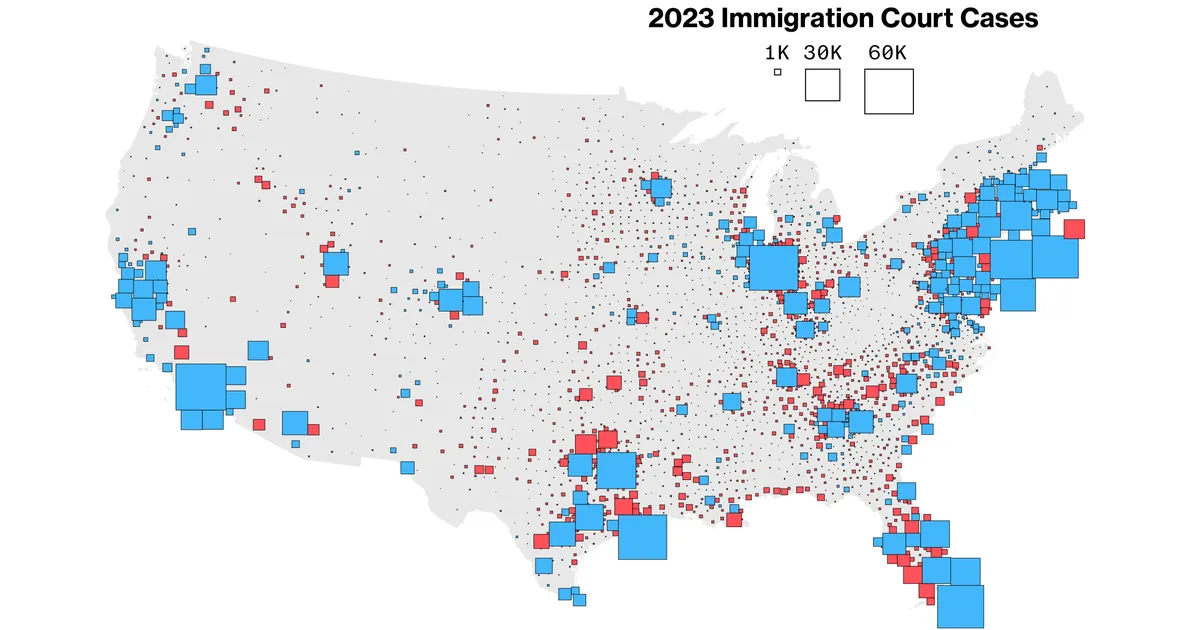Red states rising: How Americas political map is changing faster than ever
US states are becoming more politically divided as people move to areas matching their views. Recent years show massive shifts in population wealth and business from traditional blue strongholds to red-state regions

Americas political landscape looks very different from just fifteen years ago: nowadays forty states have one-party control of their governments (up from twenty in late 2000s)‚ making state-level politics less competitive than ever
The nations traditional power-centers are shifting fast — the Northeast and West Coast remain solid democratic strongholds where Kamala Harris leads by 15-20 points but the South and Mountain regions show strong support for Donald Trump. Its interesting to note that both Jimmy Carter and Bill Clinton once won southern states; something thats hard to imagine today
Migration patterns tell an eye-opening story: people are moving to places that match their political views. Hereʼs where the biggest changes are happening:
- Texas and Florida lead in tech-worker attraction
- Phoenix Dallas-Fort Worth and Salt Lake City show fastest job growth
- Southern states receive billions in wealth transfers
- Deep South and Desert Southwest lead in new business creation
The economic power-shift is real — last year saw $191-billion move from blue to red states (a trend thats picking up speed). Places like Dallas-Fort Worth are now challenging Chicago as a financial hub; while states like Minnesota lost about $5-billion from departing residents
Demographics paint an interesting picture: birth-rates stay higher in red regions while blue areas see declining numbers. The South-west and South-east attract young professionals immigrants and families looking for lower-cost living. After the last re-count Texas got two more House seats; while New York California and Illinois each lost one
The future of political influence seems clear — red states might gain thirty more seats by 2030 compared to the mid-70s. This shift means democrats need to find ways to win in these growing regions or risk becoming less relevant in national politics





























